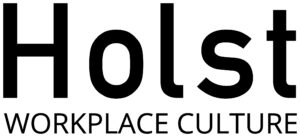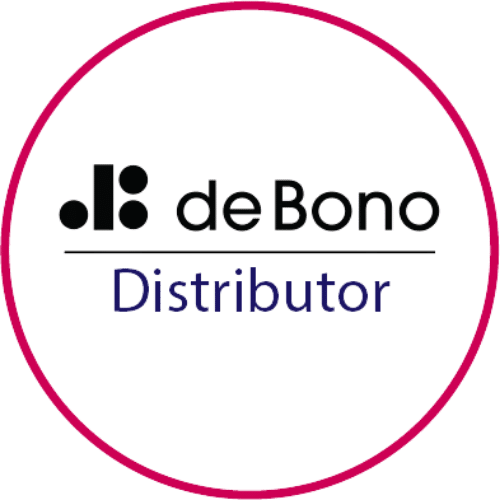The furlough scheme comes to an end on 30th September. This poses questions for organisations still bringing their people back to work.

The generation gap
Figures from The Resolution Foundation show that younger workers are coming off the scheme at a faster rate than their older colleagues, with 10% of workers over 65 parked on furlough compared with 6.5% of those under 24 years.
While this could be a canny move on the part of employers, who may be taking advantage of government support to pay higher wage costs, it could also be symptomatic of the marginalisation of older workers. Whatever the reason, organisations will face the task of getting the people of all ages out of their furlough mindset and back on the job. And, employers could find themselves with much changed teams after 18 months away.
Consult and communicate
Consultation and communication must be the cornerstone of the return to the workplace. A recent study by CIPHR reported that 39% of workers had not been consulted about their return to the pre-pandemic workplace. 40% reported that they had not been asked for their views about how many days they would like to be in their office environment.
Yet the same study showed that more than two-thirds intend to still wear masks. This indicates that worries remain about keeping healthy at work. If this is the case, it is concerning that organisations are not asking their people if they feel safe enough to return. This inability or unwillingness to consult and communicate is a symptom of a wider workplace culture problem which can only be addressed by strengthening the relationships within it.
Rediscover your teams
Who are your people now? The faces may be the same, a little older perhaps. But it’s likely that their priorities will have changed since they will last in your workplace. Are they still motivated by the payslip, or do they now want something more out of their job? Having been put into an autonomous position since the start of Covid, is this how they will want to work in future? Or, will they crave the security of close management while they regain their workplace confidence?
The return from furlough is the right time to assess your people. Not only to find out how they prefer to work, but also learn where their softer skills now stand.
- How resilient do they feel?
- What will motivate them under the pressure of the post-pandemic workplace?
- How do they relate and react to others around them?
The teams you knew well 18 months ago will now be strangers to a certain extent. Their workplace skills may well be blunted, in need of reflection and fine–tuning, or perhaps in need of a total overhaul to get back on track.
Younger workers have lost a valuable 18 months of the early stages of their working lives. The period where post-education they learn from older peers, and indeed from their own mistakes. Organisations need to give these workers a period of intensive and accelerated learning to get them up to the standard expected of their age. This is especially the case where they may return to work before their older peers.
I have spoken previously about young people in particular benefiting from being in offices. I doubt I would have had those strong relationships if I was doing my summer internship or my first bit of my career over Teams and Zoom. That's why I think, for young people in particular, being able to physically be in an office is valuable.
Rishi Sunak
Likewise, your older people will need time and support to readjust back into the workplace among younger peers and with new technology and practices that may be unfamiliar.
The no jab, no job dilemma
Your organisation may face the difficult dilemma of whether to employ unvaccinated individuals. Aside from the reasons why you may consider this requirement, organisations will need to approach it with emotional intelligence. It only takes a quick look at the vaccination map to see where this dilemma is most likely to play out across the UK. For the overwhelming majority, the decision to vaccinate has been an easy one. However for a significant minority in some UK locations, it is more complex.
How employers handle this will be critical. The bullying ‘bull in a china shop’ approach is unlikely to be effective. Put your personal view to one side and ensure your communication and consultation is done with awareness of your employees position and respond appropriately. Show that you have regard for others in your approach, both for the individuals who choose not to vaccinate and for those who do. This will be a critical step in avoiding a divided team.
Recognise that emotions around this issue are likely to run high. While most health-related issues can be kept confidential and rarely affect the wellbeing of others in the team, it’s going to be difficult to keep this one under wraps. Employers must have a clear and well communicated policy to manage discord and subsequent fallout. Your organisation may decide to take the ‘no jab, no job’ approach, but every effort must be made to keep conflict to the minimum.
What does a successful return from furlough require?
Undoubtedly it will require resilience. The ability to persevere from day one onwards. Teams will need to adapt to the many changes that have taken place, to remain optimistic about the challenges they face and keep an open mind as they settle back in.
It’s also going to take motivation to ‘get back on the horse’ after a significant period of time away. To return to a working state of mind, to collaborate with colleagues, feel empowered and in control. Most of all it’s going to take a great deal of emotional intelligence to relate and respond to challenges appropriately.
Use flowprofiler® to rebuild your teams
It’s a daunting task to rebuild teams some 18 months after they were separated for all of the reasons listed above and more. Assessment tools, training and coaching such as flowprofiler® enable teams and leaders to create a starting position from which they can grow and thrive over the coming 12-24 months. Many organisations have struggled to survive and having made it this far they must continue to work towards yet another new normality. Too much time has passed for the ‘old normal’ to still meet business needs. We’ve all moved on.
flowprofiler® helps your people to better understand their emotional intelligence, resilience and motivation in the workplace. It enables them to make often very small adjustments which can have a huge impact, especially where tensions may run high. This impact is not just on their own wellbeing and performance, but also for their team when the tool is used as part of an ongoing team development programme.
The session … allowed each individual to share their views and extend beyond that to group team learnings. The ability to review individual feedback and then assess it as a team was very valuable. The process allowed insights in the business that would normally go unnoticed in day-to-day delivery.
Shona Wilson of Waterfield on their flowprofiler® facilitated team session
Contact us to learn how to help your teams and leaders rebuild following furlough.
flowprofiler® and associated marks are registered trademarks of Chalmers International Limited | All rights reserved
eqflow® and associated marks are registered trademarks of Chalmers International Limited | All rights reserved
resilienceflow® and associated marks are registered trademarks of Chalmers International Limited | All rights reserved
motivationflow® and associated marks are registered trademarks of Chalmers International Limited | All rights reserved





